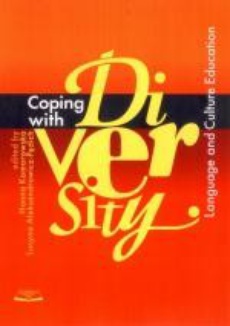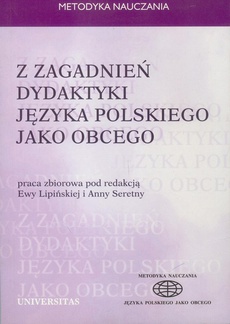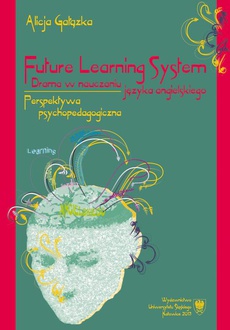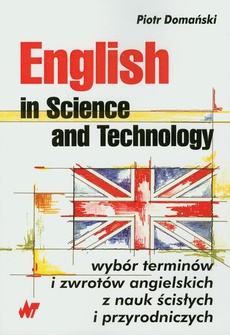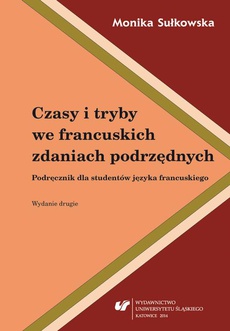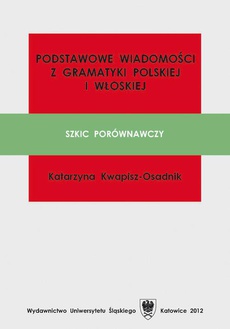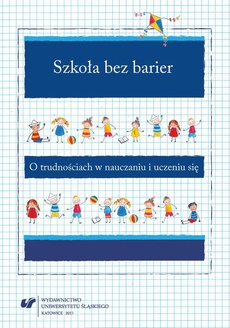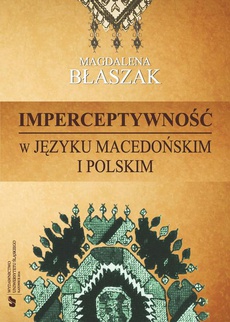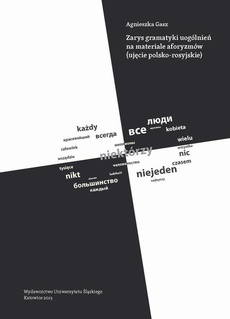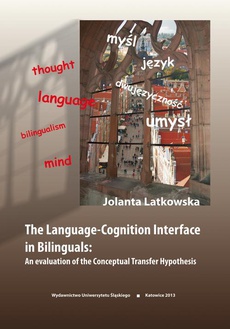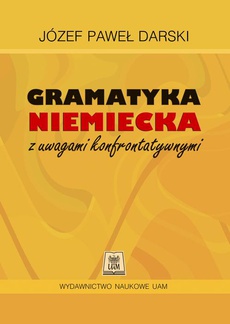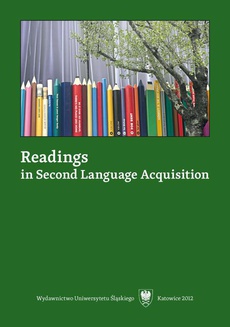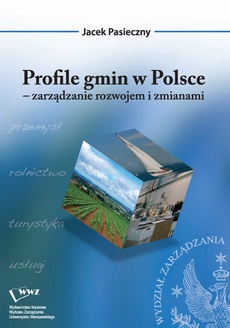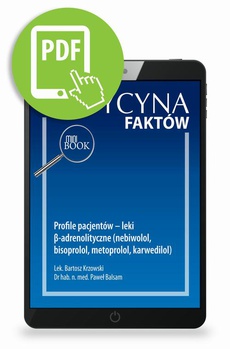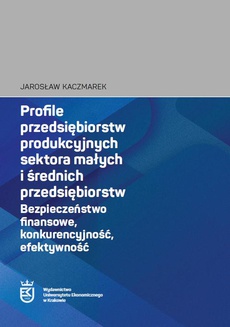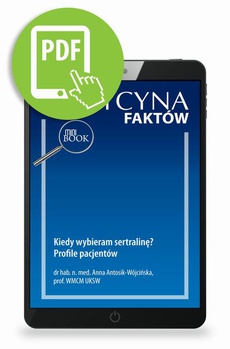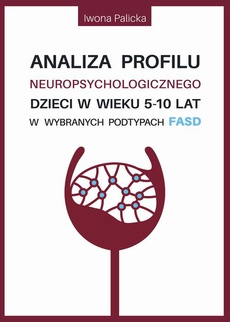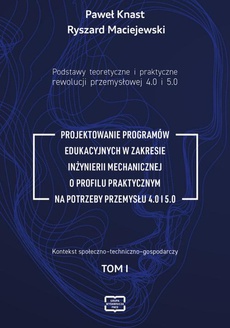POLECAMY
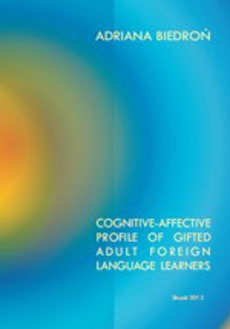
-20%
Cognitive-affective profile of gifted adult foreign language learners
Autor:
Format:
pdf, ibuk
Zdolności do nauki języków obcych, należące do grupy specjalnych zdolności poznawczych,stanowią zespół cech, które spośród wszystkich czynników indywidualnych mają największą trafność prognostyczną co do wyniku nauki języka obcego. Pojęcie zdolności językowej wywodzi się z psychologii cech indywidualnych i stanowi element szeroko definiowanego pojęcia ogólnej zdolności poznawczej, czyli inteligencji. Niemniej jednak zdolności językowe są częściowo niezależne od inteligencji, jak również wykazują znaczne zróżnicowanie ilościowe i jakościowe, jeżeli chodzi o ich występowanie u poszczególnych osób.
Cel niniejszej pracy stanowi przedstawienie współczesnego stanu nauki na temat specjalnych zdolności językowych oraz omówienie wyników badania przeprowadzonego na 44 ponadprzeciętnie uzdolnionych dorosłych uczniach języka obcego. Efektem tego jest zaproponowanie modelu zdolności językowych, uwzględniającego czynniki poznawcze i osobowościowe, a także definicji ponadprzeciętnie uzdolnionego ucznia języka obcego.
(fragment streszczenia)
| Rok wydania | 2012 |
|---|---|
| Liczba stron | 266 |
| Kategoria | Dydaktyka języków obcych |
| Wydawca | Wydawnictwo Naukowe Uniwersytetu Pomorskiego w Słupsku |
| ISBN-13 | 978-83-7467-176-7 |
| Numer wydania | 1 |
| Język publikacji | angielski |
| Informacja o sprzedawcy | ePWN sp. z o.o. |
Ciekawe propozycje
Spis treści
| INTRODUCTION | 9 |
| CHAPTER ONE: HUMAN COGNITIVE ABILITIES – BASIC CONCEPTUAL ISSUES | 13 |
| Introduction | 13 |
| 1.1. Cognitive ability | 14 |
| 1.2. Intelligence – a general cognitive ability | 15 |
| 1.2.1. Hierarchical models of cognitive abilities | 16 |
| 1.2.2. Carroll’s (1993) Cognitive Abilities Model | 17 |
| 1.2.3. Multi-primary-factor models of cognitive abilities | 19 |
| 1.3. Measurement of cognitive abilities | 21 |
| 1.4. Biological basis of abilities | 23 |
| 1.5. Environmental influences | 26 |
| Conclusion | 28 |
| CHAPTER TWO: FOREIGN LANGUAGE APTITUDE - A REVIEW OF EMPIRICAL | |
| RESEARCH | 29 |
| Introduction | 29 |
| 2.1. The history of foreign language aptitude research and testing | 30 |
| 2.1.1. Carroll’s (1959) foreign language aptitude model | 30 |
| 2.1.2. Pimsleur’s (1966) Language Aptitude Battery | 34 |
| 2.1.3. Other classic tests | 35 |
| 2.2. Research in the 1970s and 1980s | 37 |
| 2.3. Controversies surrounding the concept | 38 |
| 2.4. Contemporary models of foreign language aptitude | 41 |
| 2.4.1. Skehan’s (1998) Processing Stage Model | 41 |
| 2.4.2. Robinson’s (2007) Aptitude Complex Model | 44 |
| 2.4.2.1. Aptitude Complex Hypothesis | 46 |
| 2.4.2.2. Ability Differentiation Hypothesis | 47 |
| 2.4.3. Sternberg’s (1998) model of foreign language aptitude as a dynamic concept | 48 |
| 2.5. Contemporary tests of foreign language aptitude | 50 |
| 2.5.1. Cognitive Ability for Novelty in Acquisition of Language | 50 |
| 2.5.2. Llama Language Aptitude Test | 52 |
| 2.5.3. High-Level Language Aptitude Battery | 52 |
| 2.6. Native language abilities and the factor of age in foreign language aptitude | 53 |
| 2.7. Research on foreign language aptitude in Poland | 59 |
| Conclusion | 61 |
| CHAPTER THREE: FOREIGN LANGUAGE APTITUDE – FOCUS ON SPECIAL | |
| ABILITIES | 63 |
| Introduction | 63 |
| 3.1. Analytic abilities | 64 |
| 3.1.1. Analytic abilities and learning conditions | 65 |
| 3.1.2. Analytic abilities and metalinguistic abilities | 66 |
| 3.1.3. Analytic abilities and intelligence | 67 |
| 3.2. Memory abilities | 69 |
| 3.2.1. Working memory | 72 |
| 3.2.2. Baddeley’s (2003) model of working memory | 75 |
| 3.2.2.1. The central executive | 76 |
| 3.2.2.2. The phonological loop | 76 |
| 3.2.2.3. The visuospatial sketchpad | 77 |
| 3.2.2.4. The episodic buffer | 78 |
| 3.2.3. The role of working memory in foreign language learning | 78 |
| 3.2.4. The neurobiological source of memory differentiation | 85 |
| 3.3. Noticing as foreign language aptitude | 87 |
| 3.3.1. Attention | 87 |
| 3.3.2. Noticing ability | 89 |
| Conclusion | 90 |
| CHAPTER FOUR: FOREIGN LANGUAGE APTITUDE – BEYOND COGNITION | 92 |
| Introduction | 92 |
| 4.1. Personality factors in foreign language aptitude theory | 93 |
| 4.1.1. The Five Factor Model | 95 |
| 4.1.2. Creativity | 98 |
| 4.1.3. Motivation | 99 |
| 4.1.4. Locus of control | 101 |
| 4.1.5. Style of coping with stress | 103 |
| 4.1.6. Emotional intelligence | 104 |
| 4.1.7. Anxiety | 105 |
| 4.2. Learning styles and strategies | 105 |
| 4.3. Autonomy | 110 |
| 4.4. Dynamic systems theory for individual differences | 111 |
| Conclusion | 115 |
| CHAPTER FIVE: GIFTED FOREIGN LANGUAGE LEARNERS | 117 |
| Introduction | 117 |
| 5.1. Giftedness and talent | 117 |
| 5.2. Identification of giftedness | 119 |
| 5.2.1. Children | 120 |
| 5.2.2. Adolescents | 121 |
| 5.2.3. Adults | 121 |
| 5.3. Research on gifted foreign language learners | 123 |
| 5.3.1. Case studies | 123 |
| 5.3.2. Group studies | 133 |
| 5.3.3. Multiple-domain studies | 137 |
| 5.4. Neurology of linguistic giftedness | 140 |
| 5.4.1. Functional differences | 142 |
| 5.4.2. Anatomical differences | 144 |
| Conclusion | 146 |
| CHAPTER SIX: EMPIRICAL RESEARCH ON GIFTED FOREIGN LANGUAGE LEARNERS | 148 |
| Introduction | 148 |
| 6.1. Objectives | 150 |
| 6.2. Hypotheses | 150 |
| 6.3. Subjects | 152 |
| 6.3.1. Gifted L2 learners | 152 |
| 6.3.2. Non-gifted L2 learners | 154 |
| 6.4. Procedure | 154 |
| 6.5. Instruments | 156 |
| 6.6. Results and interpretation | 163 |
| 6.6.1. Foreign language aptitude | 164 |
| 6.6.2. Intelligence and working memory | 165 |
| 6.6.3. Gifted L2 learners’ intelligence and the norm | 167 |
| 6.6.4. Gifted versus non-gifted L2 learners’ cognitive factors | 172 |
| 6.6.5. Personality factors | 173 |
| 6.6.6. Gifted versus non-gifted L2 learners’ personality factors | 175 |
| 6.6.7. Learning styles | 176 |
| 6.6.8. Gifted versus non-gifted L2 learners’ learning styles | 177 |
| 6.6.9. Predictors of foreign language aptitude | 179 |
| 6.6.10. The cognitive-affective profile of the gifted L2 learners | 192 |
| 6.6.11. Gifted L2 learners – three case studies | 196 |
| 6.7. Discussion | 202 |
| 6.8. Limitations of the study | 213 |
| Conclusion | 216 |
| CONCLUSIONS AND IMPLICATIONS | 217 |
| REFERENCES | 224 |
| APPENDICES | 256 |
| STRESZCZENIE | 263 |

